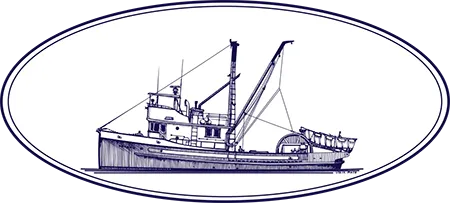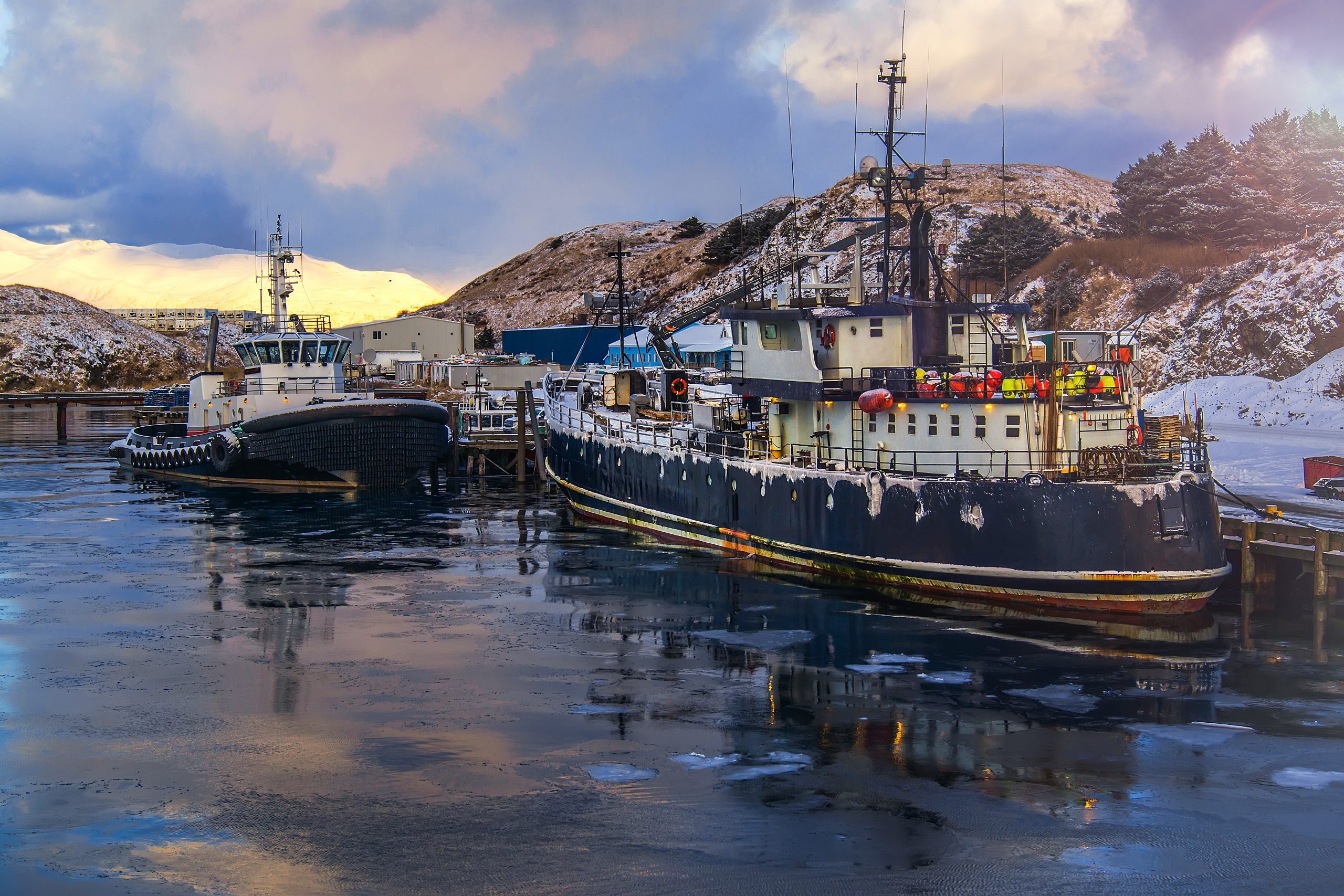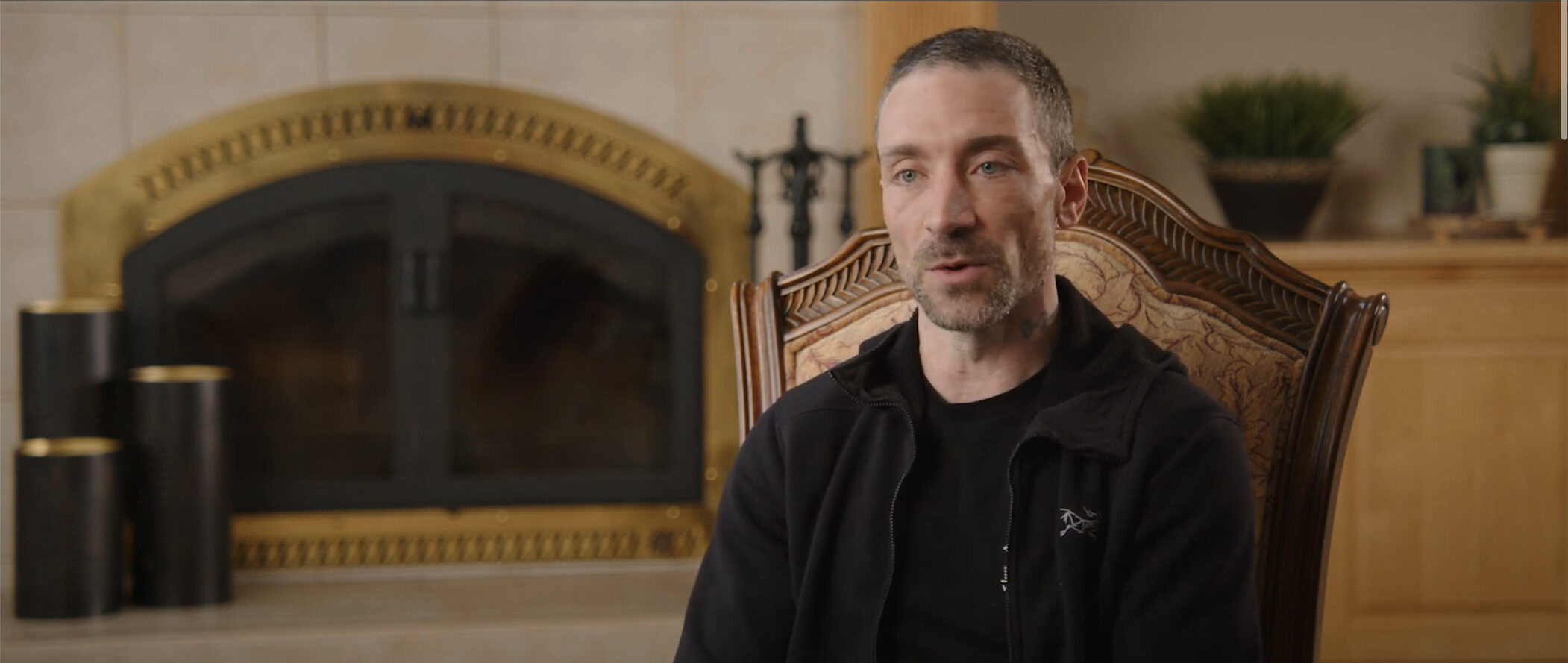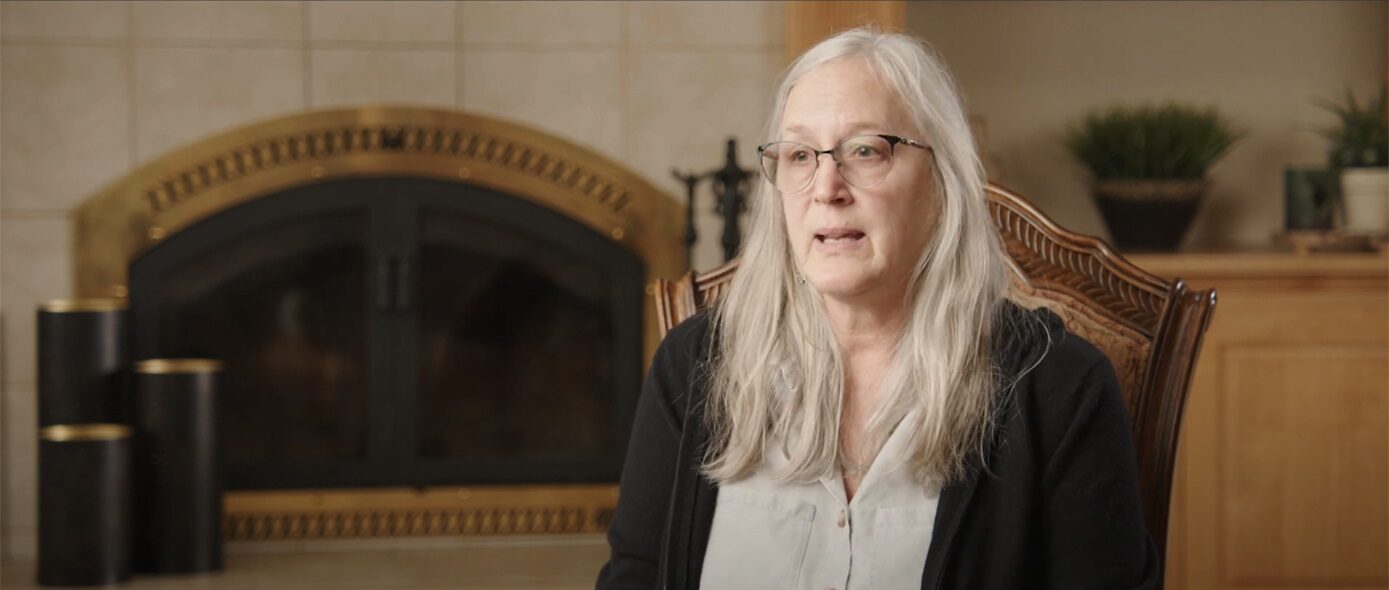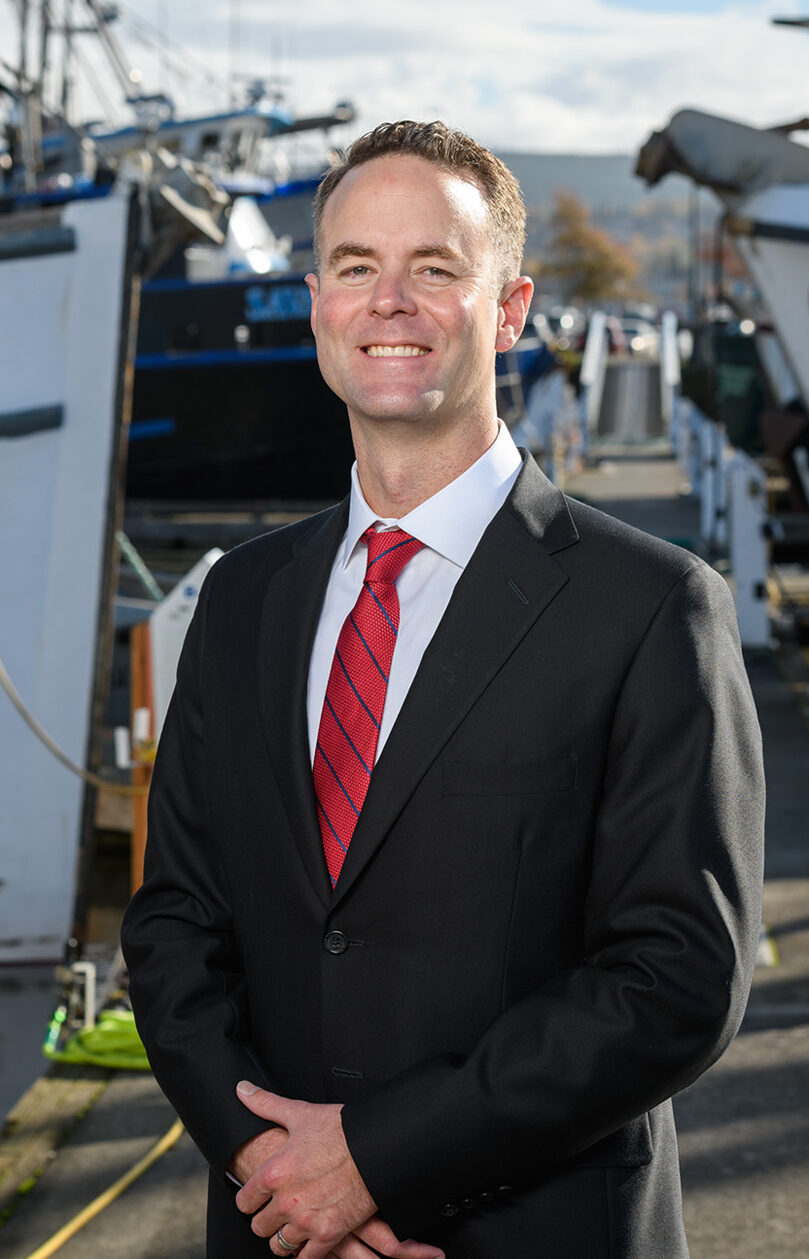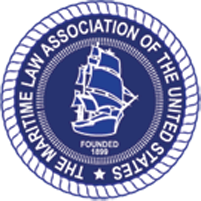The Maritime Executive reports that per the National Transportation Safety Board’s release of the Marine Accident Brief on the sinking and flooding of the commercial fishing vessel PACIFIC 1, the probable cause which led to the vessel sinking was the captain’s decision to remain at sea with continuous flooding in the lazarette from an unknown source.
- On February 10, 2019, the PACIFIC 1 departed Dutch Harbor, Alaska, with a crew of five consisting of the captain, engineer, and three deckhands.
- On February 12th, the deckhand workers had noticed that “about a foot of water on the aft main deck was not clearing as they worked,” and a list to starboard was increasing. The engineer was not able to reach the lazarette to determine the source of the flooding. However, it was believed that the lazarette bilge suction valve was allowing water to enter the space. According to The Maritime Executive, the captain decided to continue fishing and stay at sea since the “identified bilge suction valve leak was being managed by the engineer.”
- Three days later, on February 15, 2019, in Kashega Bay, Unalaska Island, Alaska, the accident occurred. The captain and engineer noticed many problems were happening: the vessel’s list to starboard increased, water on the aft deck, the rudder indicator was displaying an error signal, and the lazarette was flooding with seawater entering from an unknown location. During the time that the lazarette was flooding, “there was no audio or visual bilge alarm reported by the captain or engineer.” Additionally, the captain stated that the vessel has always felt seaworthy; nevertheless, after a discussion with the engineer, the captain decided to proceed to the closest refuge. Unfortunately, the engineer was not able to keep up with the flooding, and “noticed that water was entering the engine room via a two-inch electrical conduit pipe.” After the discovery the engineer instructed the rest of the crewmembers onboard to put on their survival suits, the captain notified vessels in the area and the U.S. Coast Guard of the situation, and all crew members were rescued.
It is essential that vessel owners and operators maintain an active awareness of the stability of their vessels at all times, including any needs the vessel may have and conduct maintenance. For example, having qualified individuals onboard to meet the changing demands of the vessel, providing equipment and operational gears, and conducting maintenance checks, etc. Some personnel in the commercial fishing sector do not have all the skills and training required to operate the various demands of a vessel. It is crucial to have qualified personnel. Additionally, before February 15th, the alarm system functioned and had the alarm sounded to alert the crew about the flooding in the lazarette area and engine space, the crew could have been able to act sooner and pump out the spaces. In fishing vessels and other ships with small spaces, a bilge monitoring alarm is used for the purpose of alerting operators about flooding in confined and inaccessible spaces.
The engineer, captain, and deckhand workers knew that there was a leak somewhere in the lazarette. However, instead of returning to port and locating the leak or leaks and conducting the necessary repairs, the captain instead decided to continue fishing. The captain’s careless decision to continue finishing and remain at sea put the lives of all crewmen onboard the vessel at risk.
Because of the inherent risks of the maritime sector, ship owners are required to outfit their ships with appropriate safety gear. For compliance with Coast Guard regulations, crew members are required to perform monthly drills to prepare for a fire or flooding that can cause a vessel to sink. Also, employers have an obligation to exercise a reasonable duty of care to protect their employees from risks. It is the responsibility of the maritime employer to at least make a reasonable attempt at reducing as much risk as is reasonably possible under the circumstances. Furthermore, it is also the duty of the vessel owner to provide a crew that is reasonably adequate in size and competent in skill for the work at hand. Commercial fishing is a dangerous occupation in the maritime sector, and it is important to have the essential crew with the skills to handle the challenges the vessel may face.
At BOATLAW, LLP, our dedicated admiralty attorneys have successfully helped clients recover compensation for their damages in a wide variety of maritime cases across the Pacific, Atlantic coasts, Gulf of Alaska, and the Bering Sea. If you have survived a vessel sinking, it is your best interest to consult an attorney. You should seek compensation for the trauma you have endured if it was due to the vessel owner’s negligence or reckless decision. Likewise, if your loved one went down with a ship because of the careless decision of the captain to put his or her life at risk, you may have a right to recover. At BOATLAW, LLP, we represent victims of vessel sinkings and their families in state and federal court throughout the Pacific Northwest. Contact us at 1-800-262-8529 for a free initial consultation. We maintain offices in Bellingham and Seattle, WA, Portland, OR, and San Francisco and Los Angeles, CA. By retaining an attorney from BOATLAW, LLP, you will always be represented by a Washington, California, Alaska, or Oregon-licensed attorney with substantial experience in maritime law.
